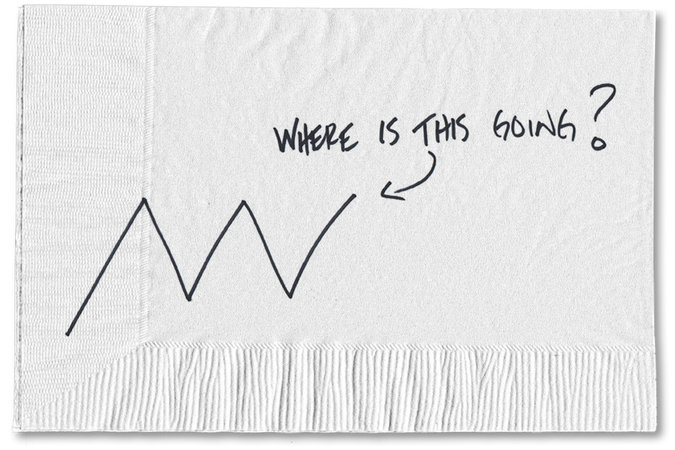
A stunning turnaround by Arctic Sea Ice. In March Madness terms we could say: “We have a ballgame!.” Those saying Arctic ice would be a big loser in 2016 may have to eat crow.
Yesterday NH ice extent grew dramatically to take a slight lead over the ten year average for day 84, and is 99% of 2016 maximum set on day 61. At 14.91 M km2 that is 330k km2 more than 2015 and 350k km2 more than SII is showing.
Yesterday MASIE showed a new high extent for 2016 in strategically located Barents Sea. Also the Central Arctic grew to a virtual tie with its maximum set early January 2016. All seas gained ice or held their maximums, except for a small loss in Okhotsk.
’
Earlier I compared this month in the Arctic to the March Madness of the NCAA basketball tournament, with intense competition and surprising results. In the first half of March, the ocean water was scoring at will against the ice pack, and warnings of huge losses were announced.
In the second half, however, the ice is making a comeback, and the March outcome is still in doubt. This is important because March average extent sets the baseline for the melt season to come.
MASIE shows significant gains in the last week, while SII has grown to set a new maximum for the year on day 81. Notably, Barents has gained back 228k km2, Greenland Sea added 81k and Bering Sea 138k, and the Central Arctic 90k. While Okhotsk has lost ice, as readers already know, Okhotsk Sea is actually outside the Arctic Circle and will melt out completely. Barents and Greenland Seas are located at the nexus of the Arctic and the North Atlantic and impact greatly the Arctic ocean as a whole. Bering is also important positioned at the Pacific gateway into the Arctic.
For more on discrepancies between MASIE and SII see here.
Update March 26
Some have expressed concern that high pressure over the Arctic could accelerate the flow of ice out through the Fram Strait. That is an important consideration. In a recent post I pointed to work by Russian scientists showing that in fact the removal of ice bergs through Fram opens up area in the Central Arctic for more ice to form. Their analysis says that after an acceleration of Fram ice loss, 4 to 6 years later there is an overall increase in ice extent, especially in the Siberian seas.
Guess what? The massive cyclone in 2012 pushed out lots of ice, and here we are 4 years later with ice growth appearing.
More on this is here: https://rclutz.wordpress.com/2016/03/02/the-great-arctic-ice-exchange/
With the Arctic Oscillation (AO) expected to hover around neutral over the next two weeks, Arctic ice extent is unpredictable.


Reblogged this on Climatism and commented:
From the department of “we lied to you about Arctic sea ice melting away, to advance our man made catastrophic global warming theory.”
LikeLike